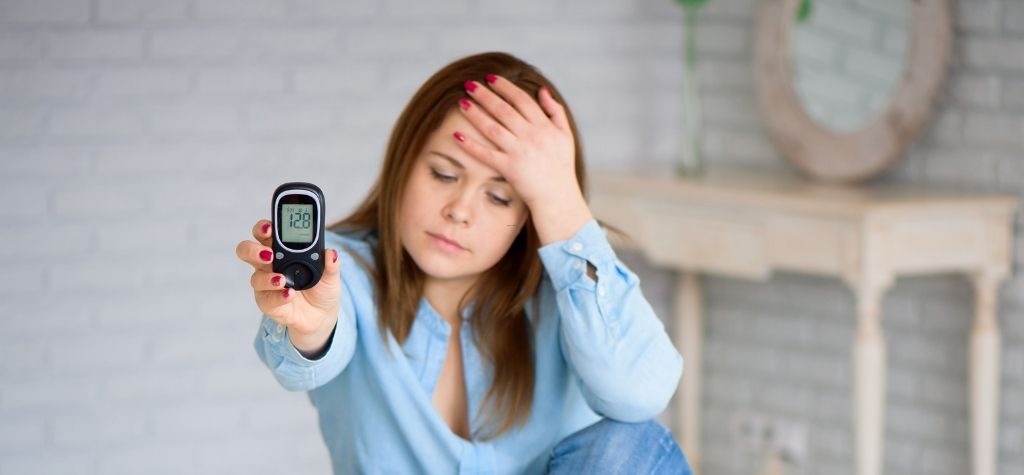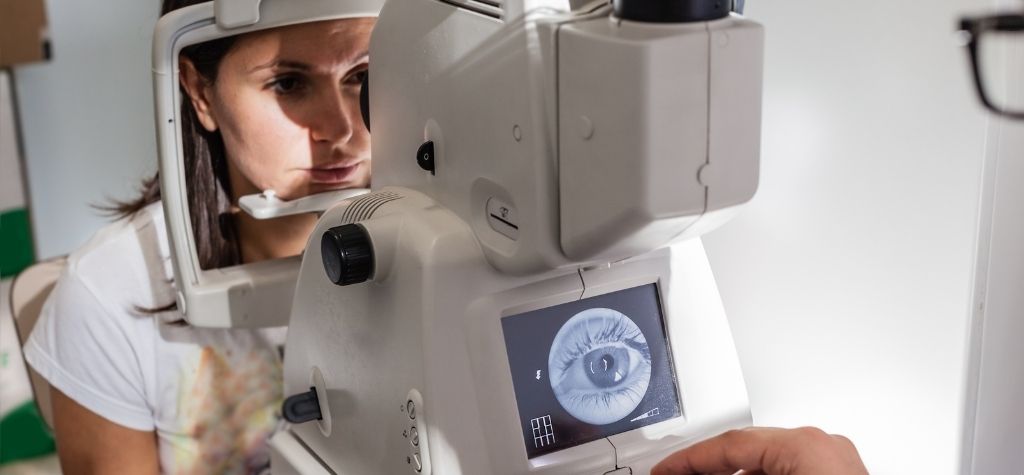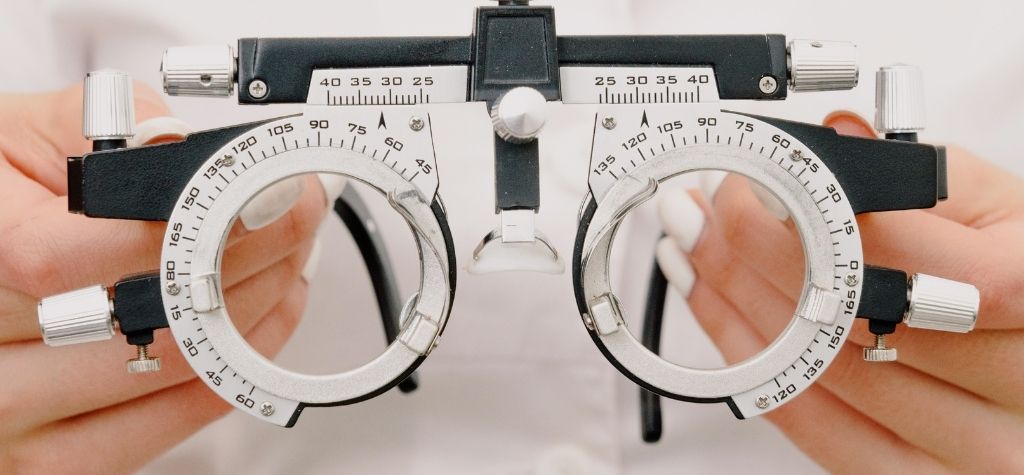Your eyes are more than just the windows to your soul—they’re also mirrors reflecting the state of your health. One of the most revealing indicators of blood sugar imbalances lies in your vision. In 2025, optometrists are playing a bigger role in spotting blood sugar problems, sometimes even before your primary doctor does. Understanding how your eyes react to fluctuating glucose levels can help detect conditions like diabetes early on, giving you a crucial head start on managing your health.
How High Blood Sugar Affects Your Eyes

When blood sugar levels remain elevated, they can cause noticeable and subtle changes in your eyes. Common short-term effects include blurred vision due to swelling of the lens inside the eye. Over time, persistently high glucose damages blood vessels, especially those in the retina, leading to more severe conditions.
Symptoms may begin as occasional vision changes but can escalate into permanent vision loss if unchecked. That’s why sudden changes in your eyesight should never be ignored, especially if you have a family history of diabetes.
Warning Signs in the Eyes of Diabetics
Here are some red flags your eyes may show when your blood sugar is out of control:
- Blurred Vision: One of the first signs of high blood sugar. It occurs due to changes in the eye’s lens shape.
- Eye Floaters and Flashes: These may indicate bleeding inside the eye due to ruptured blood vessels.
- Dry Eyes: High glucose affects tear production, leading to discomfort, redness, and itching.
- Difficulty Focusing: Blood sugar swings can disrupt normal visual function, making it hard to adjust to different light conditions or focus on text.
Diabetic Retinopathy Explained
Diabetic retinopathy is a condition where chronically high blood sugar damages the small blood vessels in your retina. This condition progresses in stages:
- Mild Nonproliferative Retinopathy – Microaneurysms begin to form.
- Moderate Stage – Blood vessels begin to block and leak fluid.
- Severe Nonproliferative Stage – More blood vessels are blocked, causing the retina to be deprived of oxygen.
- Proliferative Diabetic Retinopathy – New, fragile blood vessels form and may leak blood, leading to vision loss.
Early stages often have no symptoms, making regular eye exams vital for anyone with or at risk of diabetes.
Other Eye Conditions Linked to Blood Sugar
Beyond retinopathy, high blood sugar can contribute to:
- Glaucoma: Increased eye pressure damages the optic nerve.
- Cataracts: Clouding of the eye’s lens occurs earlier and more frequently in diabetics.
- Macular Edema: Fluid builds up in the macula (part of the retina), leading to blurred central vision.
Eye Exams as a Window into Blood Sugar Levels

Optometrists can detect abnormalities in the retina’s blood vessels, a clue that blood sugar levels may be too high. In fact, some patients discover they have diabetes through a routine eye exam. Using dilated eye exams and retinal imaging, eye doctors can assess damage long before other symptoms emerge.
Blood Vessels and Retina Health
Your retina relies on a dense network of capillaries. High blood sugar weakens these vessels, making them leaky or prone to blockage. This causes microaneurysms, hemorrhages, and even detachment of the retina if left untreated.
How Low Blood Sugar Affects Your Vision
While much attention is paid to high glucose levels, low blood sugar (hypoglycemia) can also affect vision:
- Double Vision: Sudden drops can impair nerve signals between the eyes and brain.
- Blurred Vision: Similar to high sugar, but caused by lack of glucose in the brain.
- Eye Fatigue: Due to strain and lack of consistent energy supply.
These symptoms usually resolve once blood sugar normalizes, but frequent episodes should be addressed medically.
The Science Behind Sugar and Vision
Glucose provides energy to the nerves in your eyes, especially the optic nerve. Too much or too little sugar disrupts this balance, leading to nerve damage and inflammation. Over time, oxidative stress builds up, which further degrades eye tissues.
Role of Continuous Glucose Monitoring and Eye Health
Modern wearable devices now track glucose levels continuously and sync with health apps. Some even send alerts to your optometrist or primary care provider. These technologies help manage fluctuations proactively and prevent long-term complications affecting the eyes.
Nutrition’s Impact on Eye and Blood Sugar Health
A diet rich in:
- Leafy Greens (lutein and zeaxanthin)
- Fish (omega-3 fatty acids)
- Nuts and Seeds (vitamin E)
- Colorful Fruits (vitamin C)
…not only supports eye health but also stabilizes blood sugar. Reducing processed sugars and adding fiber improves insulin sensitivity and reduces oxidative damage.
Lifestyle Changes to Protect Your Eyes
Maintaining a healthy lifestyle can delay or prevent diabetic eye complications:
- Exercise regularly to regulate blood glucose.
- Eat low-glycemic foods to avoid sugar spikes.
- Stay hydrated to keep eye tissues moist and nourished.
- Avoid smoking, which accelerates blood vessel damage.
Preventative Eye Care for Diabetics

Annual comprehensive eye exams are critical. Diabetics should:
- Visit an eye doctor even if no symptoms are present.
- Undergo retinal imaging and dilation yearly.
- Follow customized eye care plans that align with blood sugar control efforts.
Technological Advances in Diabetic Eye Monitoring
AI-powered tools are now able to analyze retinal scans with incredible accuracy. These technologies flag early-stage retinopathy and notify both patients and doctors before symptoms appear, drastically improving outcomes.
Patient Stories and Case Studies
Many people discover their diabetes during routine eye exams. For example, one 42-year-old patient noticed persistent blurriness. An eye exam revealed early-stage retinopathy, prompting a diabetes diagnosis. Early treatment helped prevent further vision damage and improved her long-term health.
When to See an Eye Doctor for Sugar Concerns
You should see an optometrist if you experience:
- Sudden blurred or double vision
- Eye pain or pressure
- Flashes or floaters
- Difficulty focusing at night
Even if you feel fine, regular checkups are essential if you have diabetes or a family history of it.
FAQs
1. Can an eye doctor tell if my blood sugar is high?
Yes, optometrists can detect signs of high blood sugar through retinal changes, like leaking vessels or swelling.
2. How soon do eye symptoms appear after high blood sugar?
Some symptoms like blurred vision can appear within days of blood sugar elevation, while others develop gradually over time.
3. Is vision loss from diabetes permanent?
If caught early, many diabetic eye problems are treatable. However, late-stage retinopathy can lead to permanent damage.
4. How often should I get my eyes checked if I have diabetes?
At least once a year, or more frequently if your doctor advises based on your risk factors.
5. Can managing my blood sugar reverse eye damage?
While some effects are reversible with good sugar control, others require medical intervention to prevent worsening.
6. What foods help protect both blood sugar and vision?
Leafy greens, berries, fatty fish, nuts, and foods rich in antioxidants and omega-3s are excellent choices.
Conclusion
Your eyes offer powerful clues about your internal health—especially your blood sugar levels. Recognizing visual warning signs and taking proactive steps through regular eye exams and healthy lifestyle choices can save your vision and possibly your life. Don’t wait for symptoms to take action; let your eyes guide you toward better health.

